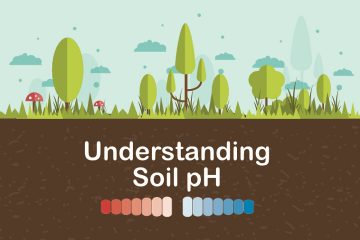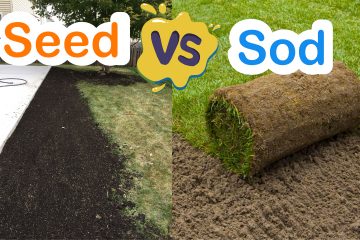When looking at bags of fertilizers you are offered a diverse selection of formulas. There will always be 3 numbers and represent the ratio components of N (Nitrogen), P (Phosphorus), and K (Potassium).
N (Nitrogen)
N stands for Nitrogen which is essential to the foliage’s softness and lush grass blades. When a lawn lacks nitrogen you will notice a yellow-green appearance in color, and absence of significant growth. The good thing about nitrogen is that once applied correctly it will easily penetrate through the soil giving results rapidly.
P (Phosphorous)
P stands for Phosphorous which takes care of the foundation of the lawn, which are the roots. This element remains well in the soil when applied and will accelerates the maturity and growth of seeds, plants, fruits, and flowers. This element is quite indispensable when applying new seed. Deficiency of this element will give the plants or flowers a purplish tint in the leaves.
K (Potassium)
K stands for Potassium and it helps the lawn combat lawn disease and harsh weather. Potassium helps strengthen the existing stems and assists in growing stronger new stems. Potassium helps the photosynthesis process.
The N-P-K ratios are usually referred as BIG , MEDIUM, and SMALL. If for example your lawn lacks color or growth you may want to add a fertilizer BIG-SMALL-SMALL, as an example we use a 32-0-3 combination which provides 32 % Nitrogen, no Phosphorous and 3% Potassium. When overseeding use a MEDIUM-BIG-SMALL seed starter fertilizer, we use a 12-24-8 ratio to encourage root growth. Another example would be a well maintained lawn that gets quarterly treatments of a fertilizer with 15-15-15 numbers. That number combination will give your lawn an equal amount of the three components.
Choosing the correct fertilizer formula should not be a puzzling task. By knowing the basics you can achieve a green lush lawn without the expense of a lawn care service provider.




